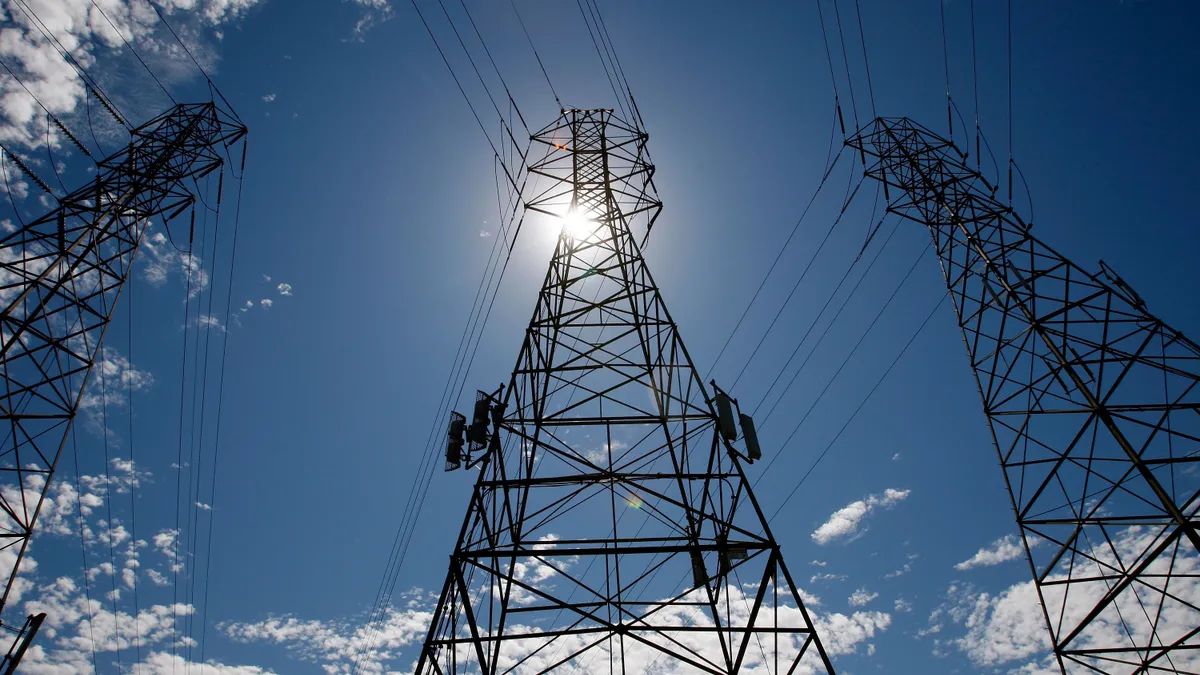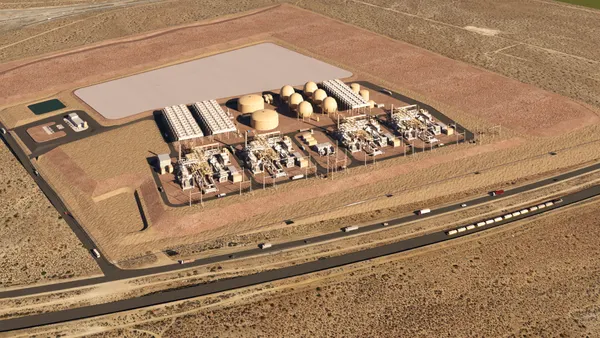Dive Brief:
- As California moves to achieve aggressive clean energy goals, the state's grid operator is thinking through the additional tools and compensation mechanisms it will need to better integrate longer-duration storage resources into the grid.
- Around 3,100 MW of energy storage capacity is installed on the California grid today, up from 1,500 MW last summer and around 200 MW to 300 MW the summer before, Gabe Murtaugh, storage sector manager with the California Independent System Operator, said at a California Energy Commission (CEC) workshop Tuesday.
- Nearly all of these resources are lithium-ion batteries. But while lithium-ion technologies, which normally provide around four hours of energy, have proved useful for short-term uses, the state is also looking at alternatives that can provide eight hours of storage or more.
Dive Insight:
The need to find alternatives to lithium-ion storage has been particularly highlighted as the country faces broader supply chain constraints, and demand for the batteries is growing in other states and countries pursuing their own clean energy ambitions.
In mid-2021, the California Public Utilities Commission ordered the state's power providers to collectively procure 11.5 GW of new resources – including a 1-GW carve-out for long-duration storage, to come online by 2026. And the state's proposed fiscal year 2022-2023 budget earmarks $380 million to advance the commercialization of non-lithium ion, long-duration energy storage technologies, to be administered by the CEC.
"This requirement is not technology-specific – it can be met by a number of different technologies as long as the storage facility is able to discharge at maximum capacity over at least an eight-hour period," CPUC President Alice Reynolds said at the workshop.
In the long run, California will be shifting from a system that peaks during the summer months, when it has high loads and temperatures, to one that is most challenging to operate during the winter months, according to Murtaugh.
"The hardest times will be during multi-day periods when we have low wind and low solar availability, which is more prevalent in the winter than it is in the summer," Murtaugh said.
CAISO's current day-ahead market is primarily focused on looking out over a 24-hour period. But when it comes to integrating longer-duration storage, the grid operator is thinking through the additional tools it would need to ensure that those resources are holding state of charge for long periods of time, potentially days, he added.
No such tool exists in other ISOs across the country, according to Murtaugh.
"They're not really thinking about how to position the resources on their systems for multi-day weather events or something like that. So this is a brand new problem that we're facing," he added.
In addition, CAISO is thinking about how it wants to compensate long-duration storage resources.
Long-duration storage technology developers have been approaching the grid operator with concerns that with its current list of market products, they don't know how to recover their costs unless it's just through a resource adequacy payment, Murtaugh said.
It's important that the state start acting now so that it can be positioned for long-duration storage resources to come online by the time they are needed, Jin Noh, policy director for the California Energy Storage Alliance, told regulators.
"We have to really position these resources so that they are also manufacturing-ready and scaling-ready if we want to meet our longer-term 2035 and 2045 goals as well," he said.















